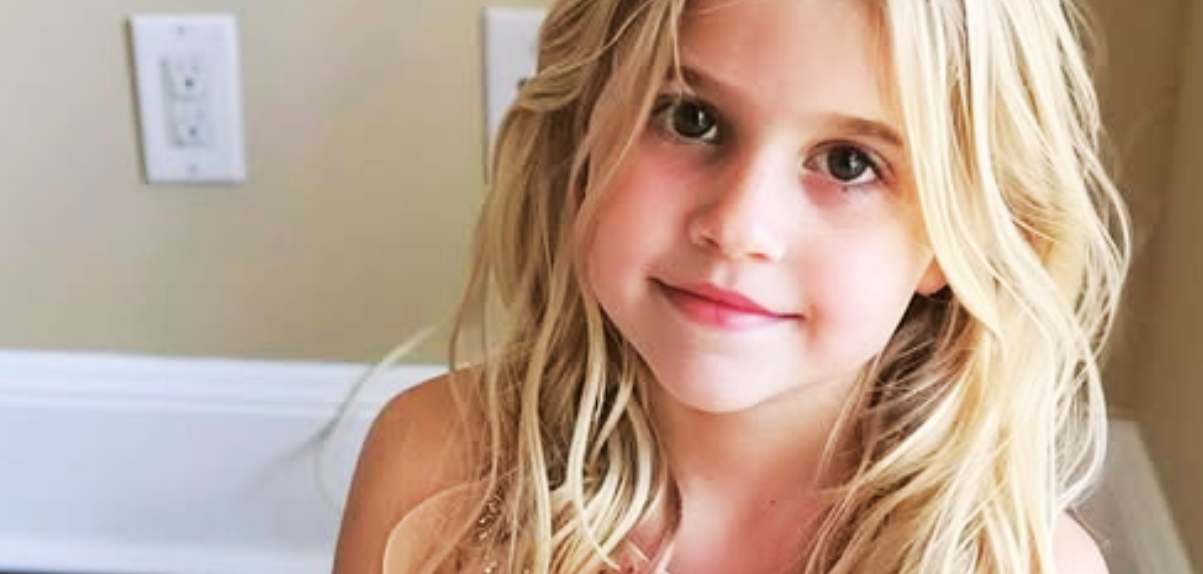It started with what seemed like a lovely, simple evening at home. My husband, Tom, had invited his childhood best friend Brian to join us for dinner. These two have shared a friendship since their school years—more like brothers than friends. Over the years, Brian naturally became part of our family routine. He helped fix things around the house, joined us at family gatherings, and never missed a birthday or holiday moment.
Our seven-year-old daughter, Emily, was always especially excited to see him. She saw Brian as a joyful part of our lives—a fun, familiar face who always brought warmth and good energy. That evening, her excitement was no different. She ran to the door as soon as he arrived, arms wide, smiling ear to ear.
Content:
A Thoughtful Surprise for Emily
Brian arrived holding two boxes of pizza in one hand and a small gift bag in the other. “Look what I brought for my favorite girl,” he said, handing Emily the bag. Inside was a soft, cuddly stuffed puppy. Her face lit up instantly. “He’s perfect!” she said, hugging it tightly.
Dinner felt lighthearted and cozy. Emily, curious as ever, asked Brian her usual endless stream of questions. “Why do dogs have tails?” she asked, eyes sparkling. “So they can show us when they’re happy,” he replied with a grin. The back-and-forth between them was filled with laughter and warmth.

Tom was running late from work, and we ran out of drinks. I asked Brian if he’d be okay watching Emily while I ran to the store for a quick errand. “Of course,” he said, smiling. “We’ll be just fine.” It felt completely natural to leave them for a few minutes.
Something Felt Different
I was gone for no more than ten minutes. But when I came home, something felt slightly out of place. Brian stood by the door, his coat already on. He looked thoughtful, not quite his usual self. “Everything okay?” I asked.
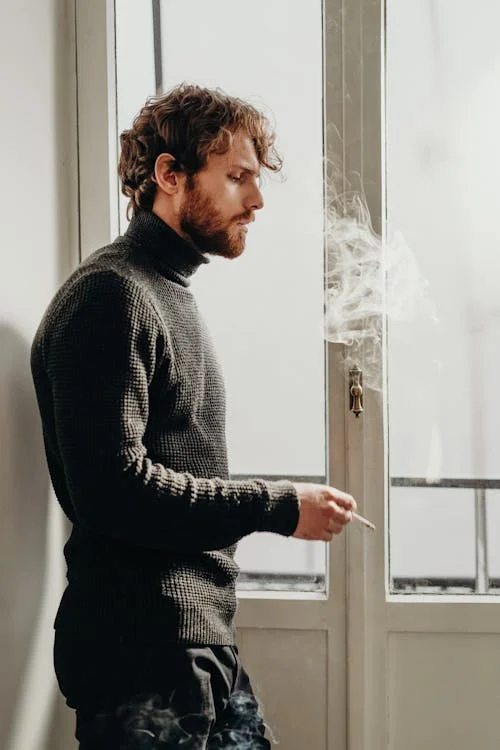
“Yeah, just remembered something I had to take care of,” he answered with a half-smile, before heading out. I didn’t give it much thought at the time. Brian had always been dependable and kind. There was no reason to feel uneasy.
But the next morning, Emily said nothing during breakfast. Not a single word.
When Silence Replaces Laughter
We thought maybe she was just tired or a little quiet from missing Brian. But as the hours turned into days, the silence stayed. She didn’t respond to our usual games or her favorite foods. She wouldn’t join us in the backyard or chat about her dolls.
“Emily, honey,” I said gently, kneeling next to her, “are you feeling okay today?” She only shook her head and hugged the stuffed puppy. Tom sat with her too. “You can always talk to us, no matter what,” he said softly. She looked at him with big eyes but still didn’t speak.
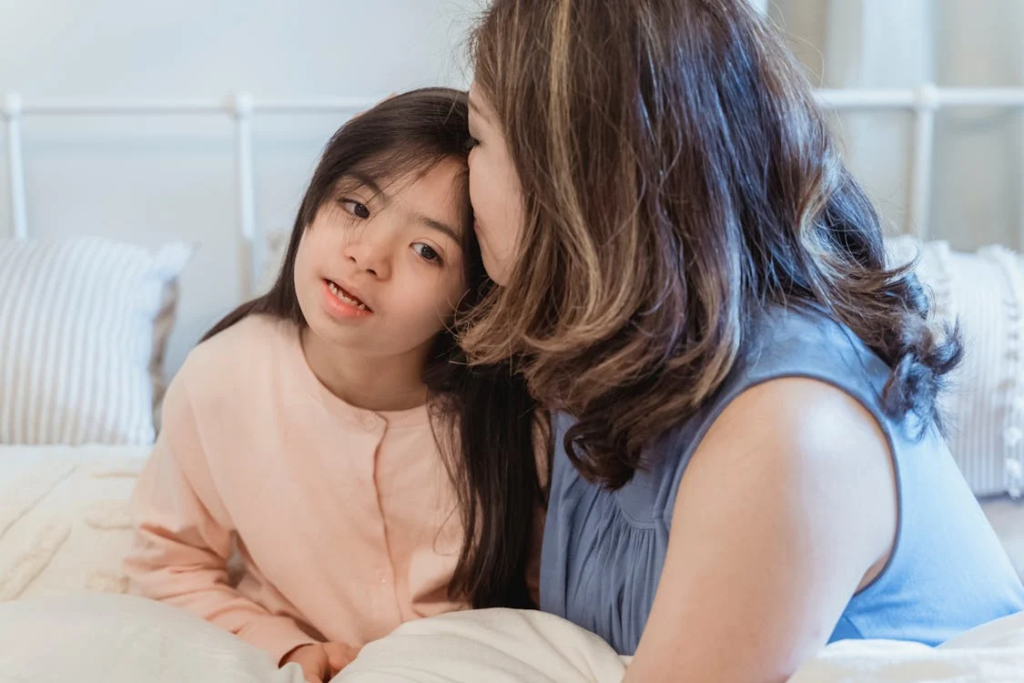
We tried everything—her favorite movies, a visit to her grandparents, long snuggles on the couch. Nothing seemed to unlock her voice again.
Gentle Help and Expert Support
We made an appointment with our family pediatrician, who found that Emily was in good health. With no physical concerns, we were guided toward working with a child therapist.
The therapist used art, storytelling, and music—gentle tools to help Emily feel safe. She began drawing a lot, mostly pictures of the stuffed puppy and our house. The therapist explained that some children respond to emotional changes in quiet, inward ways. While Emily wasn’t verbalizing her feelings, her world was very active on the inside.

In the meantime, we started looking into emotional development resources for young children, trying to understand more about the kinds of feelings and questions kids Emily’s age often hold deep inside.
A Whisper That Revealed Everything
Then one morning, as I buckled Emily into her car seat, she whispered, “Will you leave me there forever?” My heart paused. I turned to her and gently asked, “Why would you think that, sweetheart?”
Tears gathered in her eyes. “Brian said you’re not really my mommy. That someone else had me first. And that you might not want to keep me.”
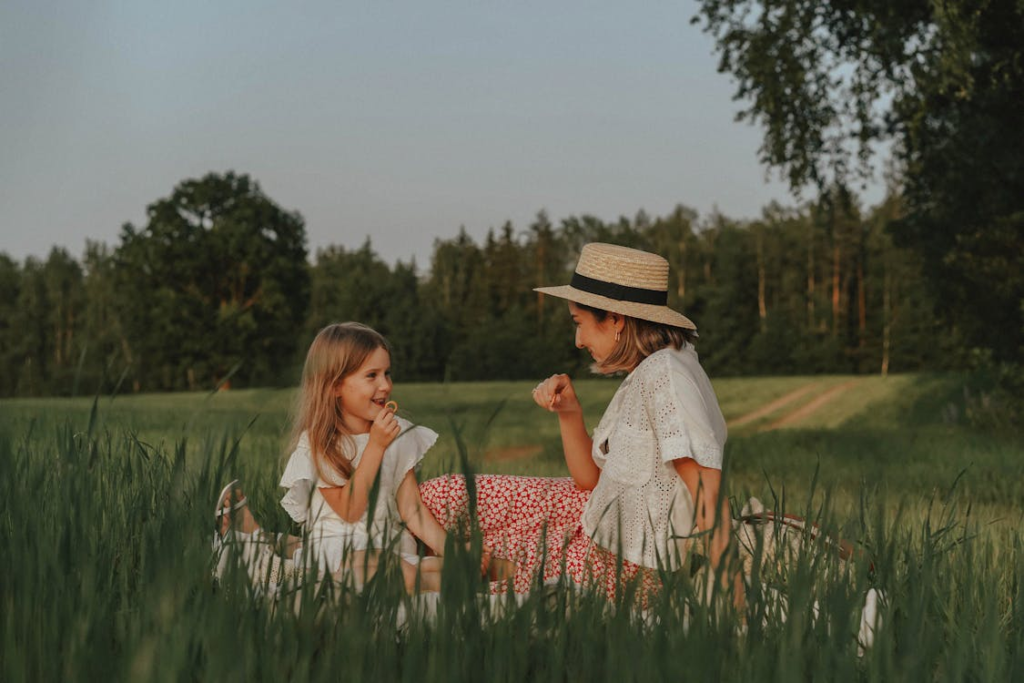
It was the first time she spoke fully in weeks. Her words were clear but filled with quiet uncertainty. We had always planned to talk to Emily about her adoption when she was ready—when she could understand it with love and safety at the center of the conversation.
But now she had heard something too big to hold, and from someone she deeply trusted.
Rebuilding What Was Shaken
That evening, Tom and I sat together and gently explained the truth in a way Emily could understand. “You are completely ours,” I told her, holding her hand. “We chose you. We love you more than anything. You are exactly where you belong.”
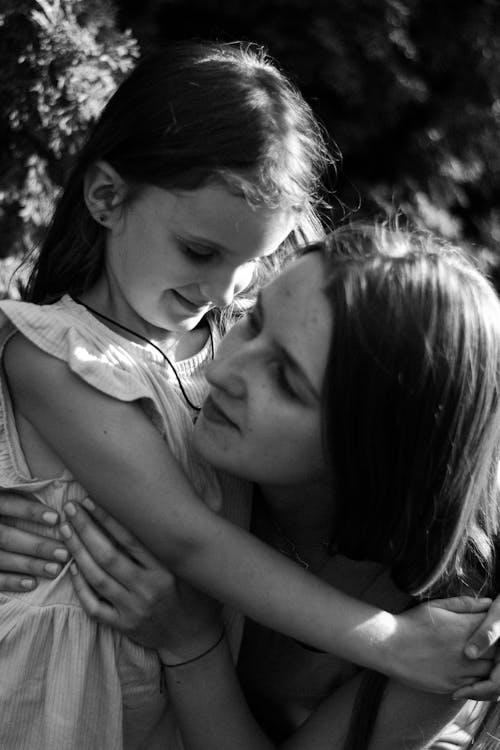
Emily listened, nodding slowly. She looked down at her stuffed puppy, then back at us. We wrapped our arms around her and just held her.
We began reading children’s books about adoption together and learning new ways to help her feel secure. With time, her voice returned more often. She even began singing again in the mornings, and we noticed her drawings included sunshine, flowers, and our family—together.
A Message from the Past
Several months later, I received a message from Brian: “Can we meet? I need to explain.”
I agreed to meet him at a nearby café. He looked like he hadn’t rested in weeks. “I wanted to say sorry,” he began. “That night, I had just learned I was adopted myself. My parents had never told me. I felt lost, confused… I didn’t mean to cause any pain.”
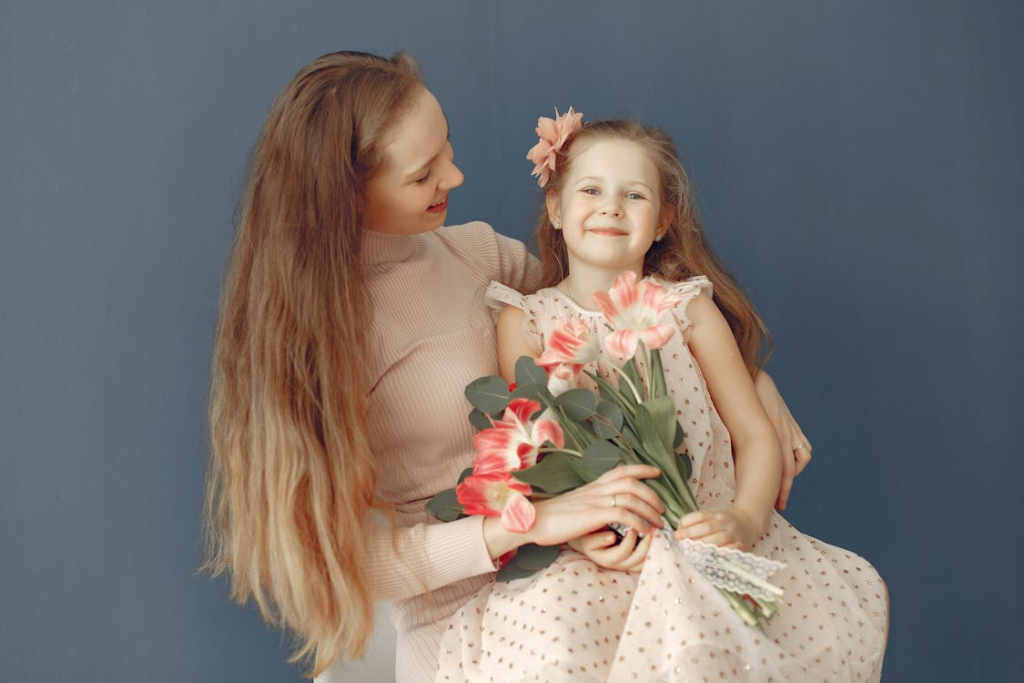
He went on to say that seeing Emily made him reflect on his own childhood and how he wished he had known sooner. “I wasn’t thinking clearly,” he said. “I thought maybe she deserved to know early. But it wasn’t my place. I know that now.”
I thanked him for his honesty, but also shared that his words had left a mark. “She’s doing better now,” I said. “But it took a lot of love, reassurance, and time. Children are more sensitive than we realize.”
Moving Forward with Love
Since then, Brian has not contacted us again. Our focus has remained on Emily—on helping her grow with confidence and peace in her heart. She still sleeps with her puppy and sometimes asks deep questions about families and how they’re made. We always answer with honesty, kindness, and love.
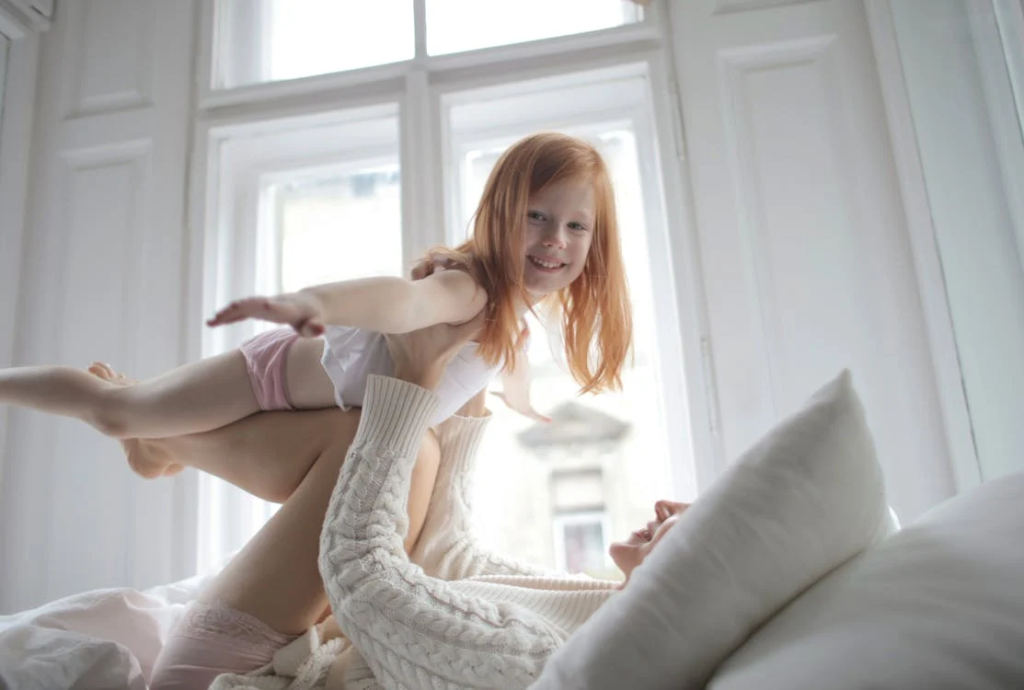
We’ve also shared more about the many different types of families and how being chosen is something truly special. Emily is beginning to see her story not as something different—but as something deeply meaningful.
For any parent preparing to talk to their child about adoption, or navigating complex emotional changes, know this: timing, support, and gentle honesty matter. Trust is built moment by moment, hug by hug, word by word.
Helpful Insights
- Family conversations around adoption are best guided by love, readiness, and age-appropriate honesty.
- Emotional changes in children can be subtle—watch for signs in behavior, art, or mood.
- Trusted adults should be mindful of their words, especially with young children.
- Gentle reassurance and connection are powerful tools in rebuilding emotional trust.
- Support is available through professionals, books, and community resources for adoptive families.
SPECTRUM Magazine Disclaimer
This article is created for inspirational, emotional, and educational purposes only. It does not constitute medical, psychological, financial, or legal advice. For individual concerns, please consult a certified healthcare provider, licensed counselor, or legal professional. SPECTRUM Magazine is not liable for actions taken based on this content.
Facebook Disclaimer
This article is not intended as financial advice. It is shared to offer thoughtful insights and heartfelt storytelling. Our readers are sincerely interested in real-life reflections and family experiences that bring comfort, learning, and connection.
References
- Brodzinsky, D. M. (2011). Children’s understanding of adoption: Developmental and clinical implications. https://doi.org/10.1177/1359104511404179
- Lieberman, A. F., & Van Horn, P. (2008). Psychotherapy with Infants and Young Children: Repairing the Effects of Stress and Trauma on Early Attachment. Guilford Press.
- Galatzer-Levy, R. M., & Cohler, B. J. (1993). The Essential Other: A Developmental Psychology of the Self. Basic Books.

